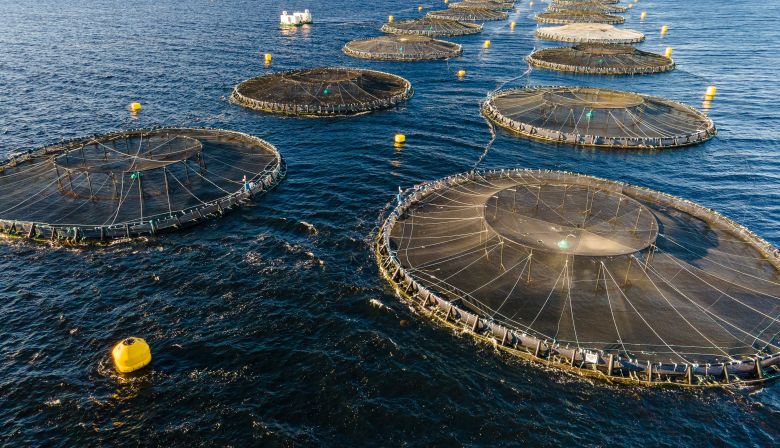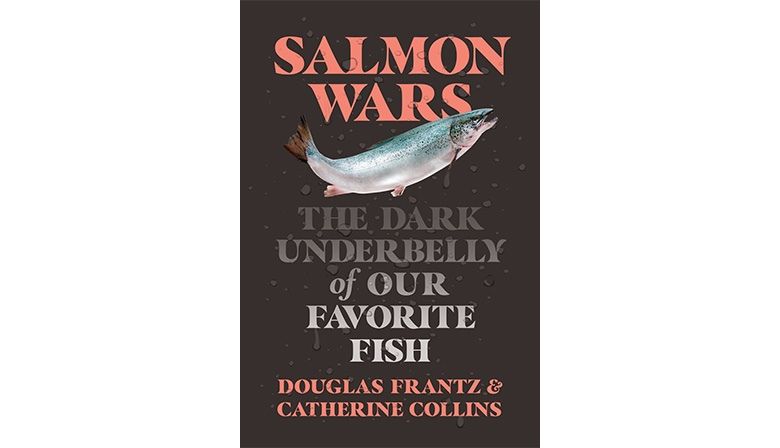32 inches: A single photograph of a yardstick stuck to the 32-inch mark in a toxic stew of excrement, chemical residue, and excess feed showed us the seabed below a salmon farm down the coast in Port Mouton.
65,000 people: Many studies examined the impact of the waste dumped into the ocean by open-net salmon farms. But one study stood out: a single farm with 200,000 salmon dumped fecal matter equivalent to a city of 65,000 people.
18 of 19 rivers: Millions of farmed salmon escape every year, competing with wild salmon for food and interbreeding to produce genetically weakened fish. After one escape in Newfoundland, a study by the Canadian government found genetic material from farmed fish in one of every four salmon examined in the wild and hybrid salmon were found in 18 of 19 Newfoundland rivers examined.
15 to 20 percent: Conditions in crowded salmon cages are so terrible that 15 to 20 percent of farmed salmon die every year before they can be harvested. That means tens of millions of salmon die. In 2019, more farmed salmon died in Newfoundland than were harvested. The numbers were incrementally better in 2020 and 2021. For comparison, factory chickens have a mortality rate of 5 percent, feedlot cattle 3.3 percent.
$47 billion: A 2021 study by Just Economics concluded that poor salmon farming practices have cost the world’s economy $47 billion since 2013 through pollution, the spread of disease and parasites, and fish mortalities.
These numbers add up to a call to action for consumer groups, advocacy groups, government regulators and policy makers that we broke into three elements.
First, educate consumers about the health and environmental costs of farmed salmon. Grocery stores, restaurants, and the salmon farming industry itself need to be transparent about how and where the salmon you eat was raised about the health risks from chemical and antibiotic residue.
Second, translate individual concern into coordinated action to reform the industry and insist on proper government regulation. Governments must stop favoring salmon farmers over protecting the public and the environment. As members of the Atlantic Salmon Federation, you’re leading the way on this front. Redouble your efforts.
Finally, implement policies that encourage new technologies like recirculating aquaculture systems, which raise salmon in land-based tanks, free of chemicals and without the threat to wild salmon. As Jane Goodall said, “What you do makes a difference, and you have to decide what kind of a difference you want to make.”
Catherine Collins is a former private investigator and journalist. She worked for the Chicago Tribune, the New York Times and the Los Angeles Times.
Douglas Frantz was a managing editor at the Los Angeles Times, and received a Pulitzer Prize for his work at the New York Times. He also served in several government roles, including as an assistant secretary of state to President Obama.
Salmon Wars is available for purchase on Amazon (Canada) or Amazon (U.S.).

